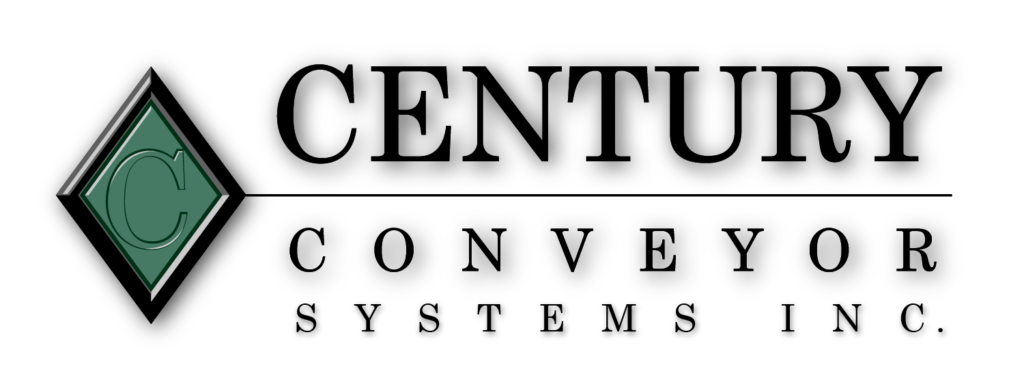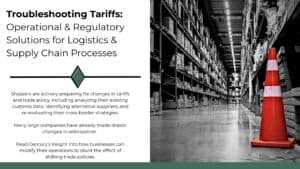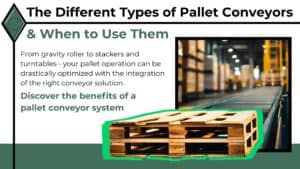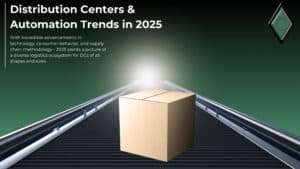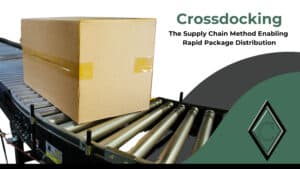Our guide on an effective pack-and-ship journey
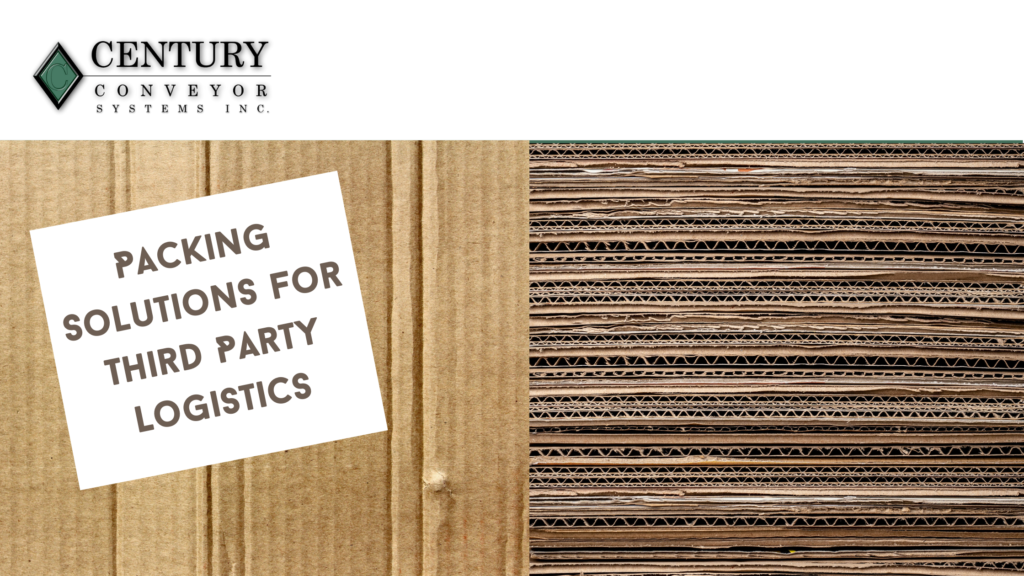
The process of fulfilling orders includes a variety of stages, 3PL operations more so, as multiple clients can be serviced in a single warehouse.
- Order Picking
- Carton Erecting
- Order Packing
- Sealing
- Print and Apply
- Location Divert
- Freight Loading
Designing an effective system from the ground up must include these steps in some fashion. Planning automation in every phase of your 3PL operation, while a substantial investment upfront, will pay itself back quickly. Labor and time-associated costs are minimized, while output is increased on a wide margin. Opportunities to attract new clients to your 3PL operations can present themselves as the usage of automation can outpace competitors.
3PL order fulfillment is a quickly growing segment, so automation solutions exist for most applications.
1. Case Erectors
Simply put, case erectors process a flat cardboard box and build it into a formed carton ready for packing. Typically, pre-perforated stacks of cardboard are fed into the machine, where each carton segment is measured and cut for a single box. A short conveyor or servo will take the boxes to a vacuum suction cup arm, moving the flat box over a cube (mandrel). Angled pressers and rods fold the box along each dimension, using the mandrel as a mold. The box is now formed, sealed with hot melt adhesive or tape, and sent along the system.
Case erectors are extremely efficient, typically only needing worker interaction to reload the cardboard magazine and fix any errors. It far exceeds manually creating boxes, with some specialty high-speed machines reaching up to 75 cases per minute. For 3PL’s with high-output operations, especially e-commerce, this is a substantial decrease in order fulfillment time.
Average CPM: 20-35 vs Manual Operation CPM: 3-7
2. Case Sealers
As the name states, case sealers bind a box together, typically with a hot glue melt, but other adhesives such as tape are used as well. A box is sent through a sealing channel on a roller conveyor. Mechanical flaps and flanges fold the open section of the box to either be partially open or completely sealed (depending on if they are packed with items or not). The sides, top, and bottom of the channel have nozzles that adhere glue from a bead (or rollers for tape) to the fringes of the carton, sealing each dimension as it moves through the channel.
If a case erector is not being used, but boxes still need to be secured, a sealer can quickly apply adhesive automatically without interrupting the output flow of boxes. Manual application is inefficient as the worker needs to pick up or manipulate the box to properly seal it. Operator error is common with tape application, as it is not fed through an automatic roll.
Average CPM: 10-20 vs Manual Operation CPM: 3-7
3. Dimensioner
To efficiently capture the volume of a 3-dimensional object, a dimensioner is used to capture the:
- Length
- Width
- Height
Typically, it is an overhead scanner that slots into a conveyor system. As a box passed under through the dimensioner, sensors capture its dimensions instantly. Dimensioners are used to provide accurate load estimates to customers and LTL carriers, as well as planning of efficient cube space. Combine with a weight scale downstream to collect even more valuable load information.
Dimensioners help avoid pricey fees from LTL carriers that have weight and size limits, a large loss area for 3PL’s. Depending on the operation, it can easily sort cartons based on that factor, and send them down a return conveyor to be repacked.
4. Void Fill
Packing material, or “dunnage”, provides a cushion of space to secure objects inside of their packaging. Various forms of void fill are used, depending on the fragility of the item, and the size of the box that it’s in:
- Paper
- Bubble Wrap
- Air Pouch
- Corrugate
- Styrofoam
- Tissue Paper
Regardless of the material being used, most packages require void fill. Solutions in this respect tend to vary. Typically, pack stations in a 3PL facility will have a fill dispenser that workers pull from as they are fulfilling orders. These machines are fed from a material magazine and segment each portion of fill, depending on the type of void. Loose fill machines, like packing peanuts or shredded corrugate, can automatically fill packages by being positioned overhead and activating as boxes pass.
Although largely still a manual operation, the machines provide instant and portioned access to void fill for workers. Savings from re-using corrugate refuse or purchasing void materials in bulk can add to a 3PLs ROI.
5. Print and Apply
Affixing identifiable tags on packages is crucial to ensuring their deliverability. Scanners and sensors across the line depend on a readable tag for it to make it to its destination. Print and apply systems do exactly that. However, there are multiple systems depending on the identification process use and where the box must be marked. Applications can roll-on, wipe over, corner wrap, air blow, and stamp labels.
The direction the box must be scanned also plays a role in a solution selection, but it will outpace manual operations regardless.
Average CPM: 15-30 vs Manual Operation CPM: 5-10
If an entire order fulfillment system is automated, it will be designed in this hierarchy.
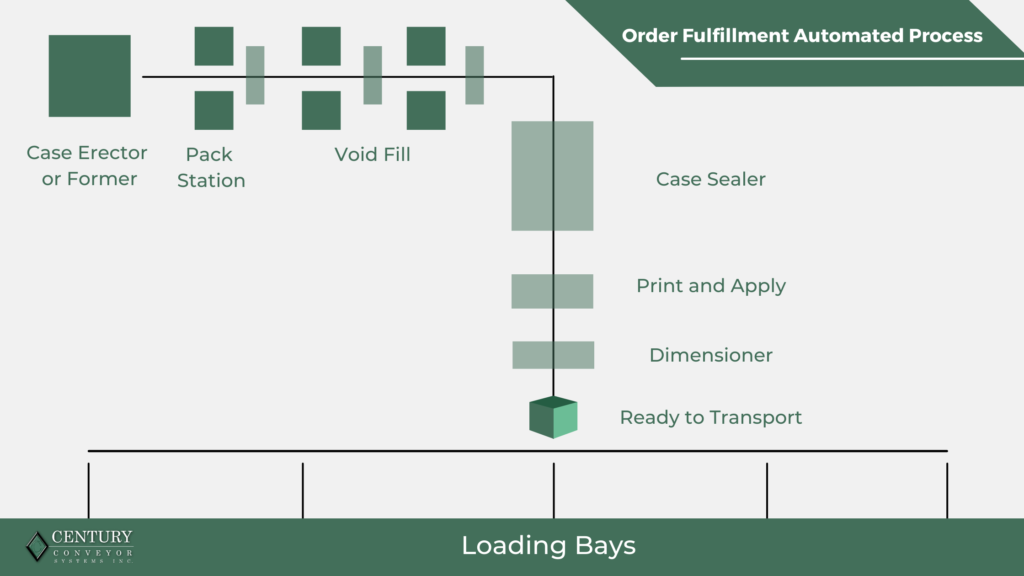
*all statistics are subject to change depending on the size of the item. The rates here are average industry standards.
Every application is based on a multitude of variables and factors, so careful planning and design are imperative when evaluating automating your 3PL system. Century Conveyor Systems Inc. understands that complexity, and engineers a potent solution inclusive of your parameters. We’re here to provide our expertise and answer any material handling questions you can think of.

